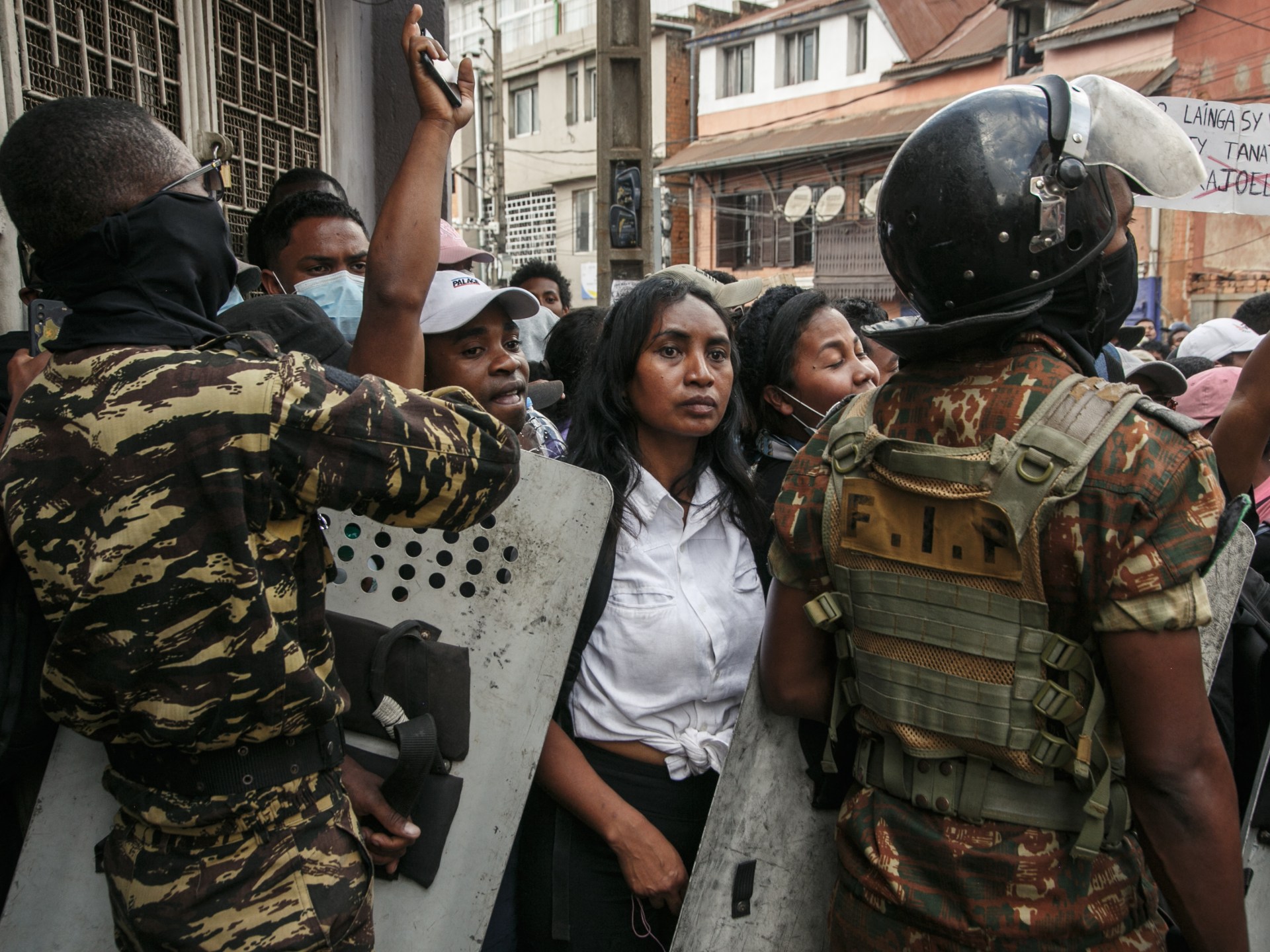Late on Monday, Andry Rajoelina, president of the state, made a statement on state television that he wanted to start a dialogue with young people who want access to clean water and power lines, as well as offer assistance for looting-stricken businesses.
Some of the protest movement’s organizers wrote a message on the Facebook page of the protest movement demanding an apology from him, the now-dismissed prime minister, and the dismissal of Antananarivo, the capital’s administrator.
Others went even further, waving placards with the words “Rojoelina out, we need water, we need electricity.”
The protests, which started last week and are now in their fourth day, resulted in at least 22 deaths and more than 100 injuries, according to the UN.
The UN’s reported casualty figures have been refuted by the ministry of foreign affairs, claiming that they were based on rumors or misinformation and did not originate from competent national authorities.
Protesters marched on Tuesday in the capital, Antananarivo, according to footage captured on the privately owned channel Real TV Madagasikara.
In Fenoarivo, a small town 20 kilometers (12 miles) west of the capital, protesters also staged a demonstration.
According to local media, racial tensions were reported in Diego Suarez and Mahajanga, which are both located 510 kilometers (315 miles) northwest of Antananarivo.
The four days of demonstrations are the largest the Indian Ocean island has seen in years, and they are the most significant challenge Rajoelina has faced since winning re-election in 2023. They were inspired by the Gen Z protests in Kenya and Nepal.
Share this:
Related
Source: Aljazeera

Leave a Reply